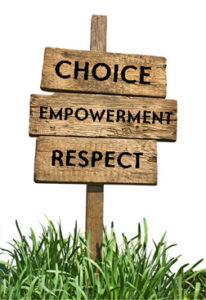Should we put our separation or divorce “on hold” during the COVID-19 pandemic?
Some of you may be in the middle of a separation/divorce process or just starting, and be wondering how and if you should proceed.
We are here at The Mediation Center to help you virtually if you want to continue with a separation/divorce process, however, if you and your spouse feel like you need to focus on your family and finances and continuing with the separation/divorce does not feel right at this time, then take some precautions for keeping the stress and conflict low.
This time of limbo can be extra hard on couples who were planning on separating who now feel like they need to stay together (for kids now at home full time, finances, etc.)Here are some ideas to manage the stress if you are putting your process on hold:
- Give yourself separate spaces in the home, if you are still living together, and honor those physical boundaries
- Plan schedules to minimize time together
- Decide in advance who is responsible for what tasks

- Discuss any budgetary issues if money is tight
- Get outside. Take a walk, hike, run, etc. Exercise can get positive endorphins going and provide oxytocin to improve mood
- If you have children, plan time for each of you to be with the children while the other parent has time to themselves. And plan one-on-one time with kids. Your children will love your undivided attention!
- Avoid “old” conversations that open wounds
- Come up with a “safe word” that either of you can call out when you feel like a conversation or situation is getting too high conflict. Verbal boundaries are important
- Once you feel your heart rate rising, disengage. Once your heart rate hits 100, all rational thought goes out the window. Our reptilian brain kicks in. Walk away and resume after a few hours have passed (3 hours is a good rule of thumb for many).
- Acknowledge that this is an unusual time for all of us. Give each other (and yourself) some leeway on emotions. We all may need additional time and space
- Connect with your support systems virtually. Don’t minimize the need for connection from people outside of our immediate family. Get online when you can, pick up the phone and get support.
No matter your decision to continue with your separation or wait, do not let the conflict get too great. Manage the time and the stress and if you need assistance, please us at 585-269-8140 or email us at renee@mediationctr.com for questions or support.









